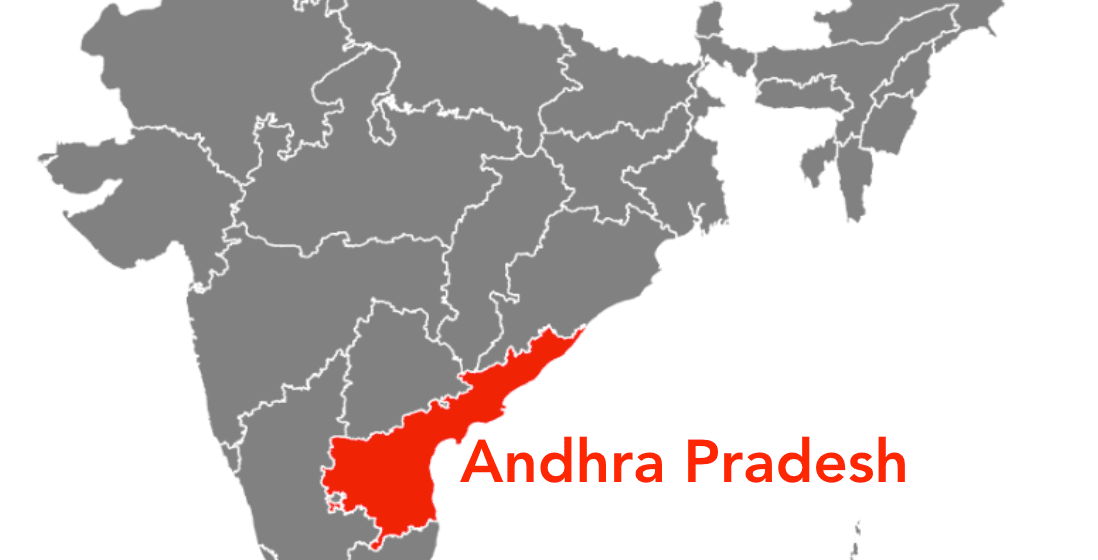How Indians From One Region – Andhra Pradesh Came To Control the H1-B Program
Executive Summary
- The H1-B program predominantly brings in Indians from Andhra Pradesh.
- This is because Indians from this region have rigged the program.

Introduction
It is often thought that Indians come from all over India into the H1-B program. This is false, and the domination by a single region of India illustrates how a powerful group of Indians has rigged the program from this region.
Our References for This Article
If at any time you want to see our references for this article and also other Brightwork articles on Indian IT, visit this link.
The Region of Andhra Pradesh

Many of the Indians in the US are actually from a relatively part of India, and the Indians from this region treat the H1-B program as their property. This region not only claims the vast majority of H1-B visas versus the rest of India but the vast majority of H1-B visas versus the rest of the world. If this region has not rigged the H1-B system, one has to ask why this pattern exists.
Where Are Indians in the US Primarily From In India?
Most Americans have no idea where different Indians are from and are unaware of India’s regional or other differences. To most Americans, any Indian is “from India,” which is the end of it. However, the Indians who come to the US for IT work are from one specific area, according to this commenter and others we have interviewed.
“If you take a count of the total people hired in US in IT, you will find that 90 to 95% of them are from Andhra Pradesh in India. I have worked for several companies in the bay area and other states and in spite of my experience and skills was always threatened by an incapable Telugu manager, Lead or candidate who only wanted to hire people of his caste. As if this was not enough, most of the Indian recruiting companies in the Bay Area are run by Telugu people who prefer to hire people from their region/caste and also work hand in hand with hiring managers to give a commission off the rates they make. This is very well known and widely practiced in companies such as CISCO and many others in the bay area. There are instances when my recruiting company told me that my resume didn’t stand a chance because the other recruiting company that was working with this client was bribing managers to get their folks in. The result you see is incompetent inexperienced people who get hired for low rates, the cuts off salary goes to the recruiting company and hiring manager. No guessing how this has affected the IT job market. Really surprised this crap has been going on for the last 10 years or so and nothing has been done about it.”
No doubt this article will be unpopular, but this is particular information. What is the motivation to make this type of information up? It seems there is a minimal incentive. It is unheard of for people to bribe people to get people into a company, but the topic of bribery repeatedly comes up when describing Indian hiring. And this is a point of contention for other Indians.
“Absolutely, sometimes you can even find Indians who got frustrated by this because they are born in the wrong part of India.”
And this gets to not only the discrimination against Indians but the fact that there are enormous numbers of Indians who want to come to the US (or Europe, or Australia) but can’t because they are not in the right group.
- There are roughly 146 million jobs in the US, and if Indians could have their preference, all of those jobs would be filled by Indians. Given the situation in India, the only limitation is the inability of Indians to take those jobs.
- The number of US jobs (or Europe or Australia, etc..) that are made available to Indians is the number that will be taken.
- No matter how many jobs are consumed by Indians, even if all of the employees in all of the developed countries were consumed, it would still not satisfy the demand for jobs in India. India has a larger population than the US, Western Europe, Australia, Canada, and New Zealand combined. That is all the places that Indians would like to work, by a considerable margin.
Conclusion
Not only are roughly 75% of people that come through the H1-B program from just one country (India), which is strange, but the majority of that 75% come from a single region in India. If Indians and Indian companies did not rig the H1-B program, how could those two things both be true?